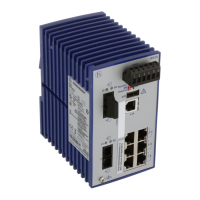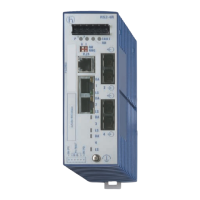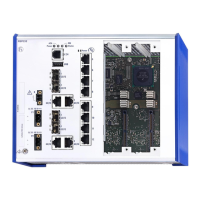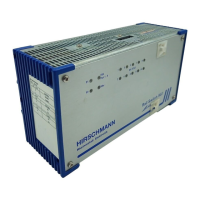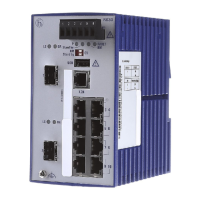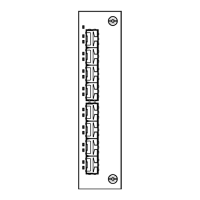Installation RSP 20/25/30/35
Release
08
08/2014
7
Supply with DC voltage:
The wire diameter of the power supply cable is at least 1 mm²
(North America: AWG16) on the working voltage input.
The cross-section of the protective conductor is the same size as
or bigger than the cross-section of the power supply cables.
The power supply cables used are permitted for the temperature
range required by the application case.
Relevant for North America:
The power cords are suitable for ambient air temperatures of at
least 167 °F (75 °C). The power cord wires are made of copper.
Start connecting the electrical wires only if all the above safety require-
ments are fulfilled.
Solely for device variants with the characteristic value CC for the
working voltage:
See “Device name and product code” on page 13.
Every time you connect the electrical conductors, make sure that the
following requirements are met:
The power supply is Class 2 compliant.
The power supply conforms to overvoltage category I or II.
The working voltage inputs are designed for operation with safety
extra-low voltage. Connect only SELV circuits with voltage restric-
tions in line with IEC/EN 60950-1 to the working voltage connec-
tions.
The power supply has an easily accessible disconnecting device
(e.g., a switch or a plug). This disconnecting device is clearly iden-
tified. So in the case of an emergency, it is clear which discon-
necting device belongs to which power supply cable.
The electrical wires are voltage-free.
A fuse suitable for DC voltage is located in the plus conductor of the
power supply.
The minus conductor is on ground potential. Otherwise, a fuse is
also located in the minus conductor.
Regarding the properties of this fuse: See “General technical data”
on page 40.
The wire diameter of the power supply cable is at least 1 mm²
(North America: AWG16) on the working voltage input.
The cross-section of the ground conductor is the same size as or
bigger than the cross-section of the power supply cables.
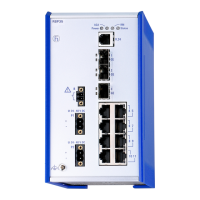
